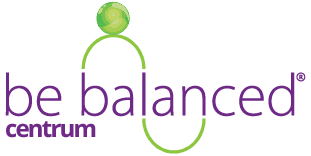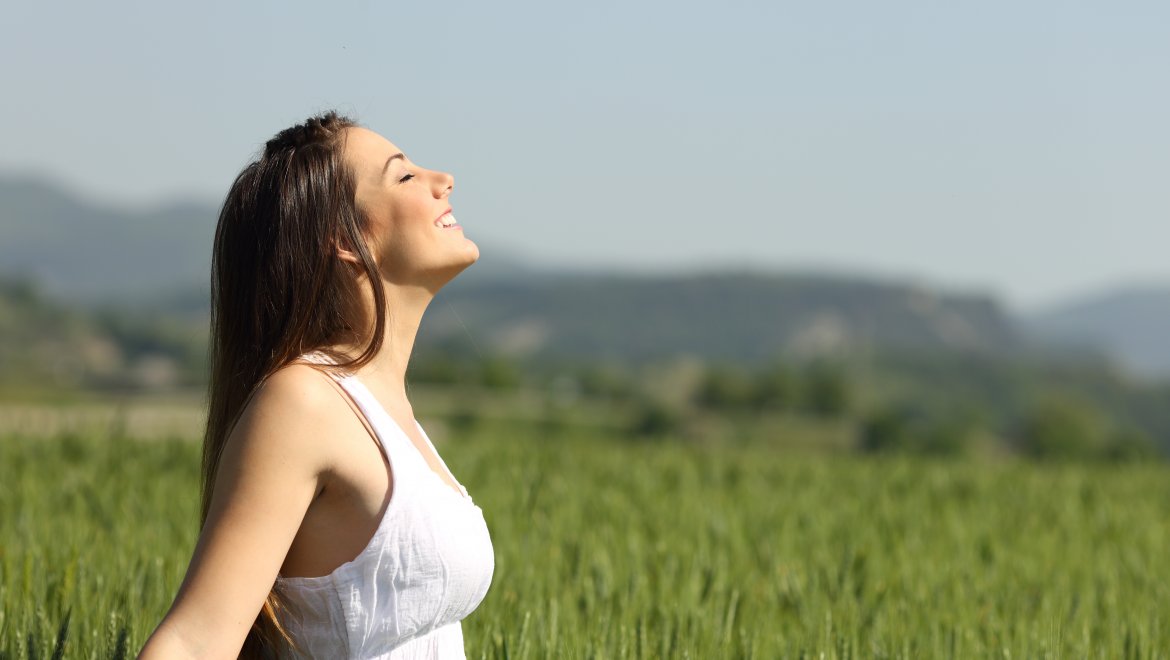Breathe to a healthy spine
Breathing is vital. When breathing, we take in oxygen and remove carbon dioxide from the body. This is not surprising. But it is good to realize that breathing is actually a movement. It is a movement that we even perform most often.
Nowadays, most of us suffer from spinal pain. Most of the time, we blame these difficulties on employment, the wrong bed, the wrong sport, but what if it is due to the movement we make constantly without realizing it?
What if the way we breathe is to blame for these problems?
In our consciousness there is a myth about the correct posture, which we brought perhaps from school, maybe from Sokol. What does such a “correct” hold look like? Well, turn off your chest and pull in your belly! And to do this, take a deep breath by turning off the chest and pulling the belly even more.
Why is this entrenched notion wrong? Just imagine how the muscles work in this posture and in such breathing. We need back muscles to bend our loins.The back muscles in the lumbar region are therefore significantly overloaded, so it is not surprising that our loin hurts. The abdominal muscles, on the other hand, may not work at all. We just pull the belly in, which happens rather passively by pulling the chest up. That’s why we have abdominal muscles – we’re talking about deep abdominal muscles, not superficial muscles that we strengthen in the gym – usually completely fallen out.
Another unfavorable movement is to pull the chest up the neck muscles, which are due to this in a permanently increased tension. Therefore, we hurt and block the cervical spine.
When we take a breath in this position, we pull our chest even higher. Thus, the chest rises only upwards with inhalation, and with exhalation it sinks downwards. The diaphragm works very limitedly, but the neck and back muscles work extensively.
In this so-called upper type of breathing, the chest also almost does not expand in width at all. Thus, the ribs become immobile, become blocked in the wrong position, and gradually the entire chest and thoracic spine stiffen. Such immobility must necessarily be compensated for in the cervical and lumbar sections of the spine, which suffer from this.
How to breathe properly?
Paradoxically, on the contrary, the diaphragm should work almost exclusively, as the main inhalation muscle. This muscular septum between the thoracic and abdominal cavity convex upwards flattens on inhalation, sinks downwards and thereby compresses the abdominal organs. At the same time, thanks to this, the volume of the lungs increases, where air is sucked in. So we breathe into the abdomen, but of course the air goes to the lungs. A simple breath into the abdomen is not yet quite enough for the correct position of the spine.To the activity of the diaphragm, it is necessary to add the work of the pelvic floor and deep abdominal muscles. It is the cooperation of these muscles in coordination with the breath that keeps our spine in the right position and therefore free of pain and blockages.
The upper type is breathed by most of us, not only women, but also most men. That is why we are so troubled by problems with the spine.If we do not change our breathing, we will never get rid of these problems permanently. Often this habit is very strongly fixed and all the mentioned consequences have already developed. In this case, some systematic work is required, when the chest is manually relaxed, and the muscles are stimulated to function properly. Relief will not be long in coming. It is usually right after the first therapeutic intervention.
Therapy based on breathing, correct position of the spine and manual release of the joints of the spine and ribs is the most effective, especially in the long term. It can be said that it is the only really effective non-invasive method that reliably cures spinal pain, including disc herniations.
Experience how you are doing with the breath stereotype
1. Stand in front of the mirror, preferably only in a bra, and watch your breath. Look at your neck first. Is your neck calm during breathing? Or do the neck muscles become more or less involved with each breath? Are the holes above the collarbones highlighted? Or do the entire collarbone and also the shoulders rise? Look at the belly as well. Does it bulge at least a little, or not at all? Or does he even pull in with a breath?
2. Watch your breath in this way even in a sitting position.
3. Then lie on your back. Put one palm on your belly and the other on your upper sternum and collarbone. Just watch what hand moves when you inhale and if both move, which one moves first.
Result:
Most of you will have a positive first test, the upper type of standing breathing. The chest, shoulders and collarbones are raised, or just activated by the muscles of the neck, the sockets above the clavicles and the socket in the middle above the sternum become visible.
Many of you will also test positive while seated.
If your upper breath is very fixed, you will breathe up and lying down. The most serious breathing disorder is when the abdomen even pulls in when inhaling.
Did you know that movement is also greatly influenced by what you wear? It is with breathing that this influence is obvious. If you’re pulled down at the waist, or have clothes that accentuate your waist, most of you probably help yourself for a better effect by pulling your belly in and pulling your chest up. If you wear such clothes normally, you are creating a big problem for the future. With your waist tightened, you have disabled the diaphragm, abdominal muscles and pelvic floor.You can only breathe upwards, the chest does not develop, the cervical spine becomes overloaded, and gradually you have a feeling of stiff neck and shoulders, headaches and other problems with the spine. Treat yourself to looser clothes and do not be afraid to take a breath into your tummy. After all, men don’t care so much about the circumference of your waist, but rather about the fact that your head doesn’t hurt.
Mgr. Dagmar Lisá (Mostecká)

